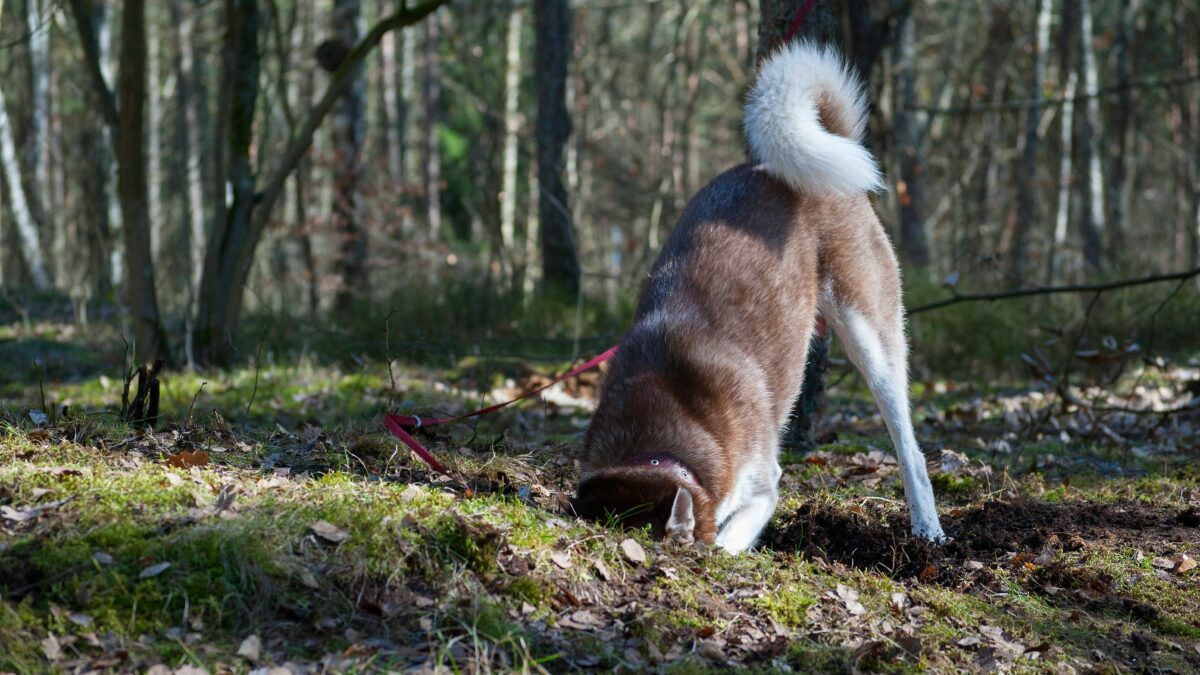Introduction to the Animal Kingdom
Welcome to a world brimming with wonder and diversity—the Animal Kingdom. From the vast savannas of Africa to the dense rainforests of South America, creatures of all shapes and sizes inhabit our planet. Each species offers a glimpse into nature’s creativity, showcasing remarkable adaptations that allow them to thrive in their environments.
As we embark on this journey through unique species, prepare to be amazed by the quirks and characteristics that make each animal special. Whether it’s an iridescent bird soaring high above or a tiny insect hiding beneath leaves, every creature has a story waiting to be discovered. Join us as we explore the incredible tapestry of life that exists beyond our front doors!
The Diversity of Species
The animal kingdom is a vast tapestry of life. It boasts millions of species, each playing its unique role in ecosystems around the globe.
From the depths of the ocean to the highest mountains, diversity thrives. Consider the vibrant coral reefs teeming with fish and crustaceans. Each creature contributes to this underwater symphony.
On land, we find everything from towering elephants to minute insects. Every species has adapted beautifully to its environment, showcasing nature’s ingenuity.
Birds soar through skies in dazzling colors while mammals roam across varied terrains. The sheer variety is breathtaking and crucial for ecological balance.
Each species tells a story—one shaped by evolution over millennia. Understanding these differences enriches our appreciation for life on Earth and highlights our responsibility toward it all.
Unusual Adaptations in Animals
Nature is full of surprises. Animals have evolved remarkable adaptations to survive in their environments.
Take the axolotl, for instance. This amphibian can regenerate lost limbs and even parts of its heart and brain. It offers insights into healing that scientists are eager to explore.
Then there’s the mimic octopus. This master of disguise can imitate other marine animals, like lionfish or flatfish, to evade predators. Its ability to change color and shape astounds researchers.
Consider the tardigrade, known as water bears. These tiny creatures endure extreme conditions—like boiling temperatures and freezing ice—by entering a state called cryptobiosis.
Each adaptation tells a story about survival strategies in diverse habitats across our planet. It’s fascinating how life finds ways to thrive against all odds while showcasing nature’s boundless creativity.
Endangered and Threatened Species
Around the globe, countless species face the looming threat of extinction. Their numbers dwindle due to habitat loss, poaching, and climate change. Each year brings new warnings about animals that may soon vanish forever.
Take the Amur leopard, for instance. With fewer than 100 individuals left in the wild, this elusive big cat represents a fragile ecosystem hanging by a thread. Its story reflects a broader narrative of vulnerability shared among many creatures.
The plight of marine turtles is equally alarming. They navigate treacherous waters yet often fall victim to pollution and entanglement in fishing gear. These ancient travelers need our help now more than ever.
Every endangered species plays an important role in its ecosystem. Losing even one can have ripple effects we might not fully understand yet. Protecting them isn’t just about saving wildlife; it’s about preserving balance within nature itself.
The Role of Humans in Preserving Animal Species
Humans have a profound impact on the animal kingdom. Our actions can either harm or help countless species around the globe.
Conservation efforts are crucial in preserving biodiversity. Many organizations work tirelessly to protect endangered animals and their habitats. These dedicated groups raise awareness, fund research, and establish protected areas.
Education plays a vital role too. By teaching communities about wildlife preservation, we encourage sustainable practices that reduce habitat destruction and poaching.
Legislation is another powerful tool in our arsenal. Laws aimed at protecting threatened species can create safe spaces for them to thrive again.
Moreover, individual choices matter immensely—supporting ethical products and reducing waste contributes positively to the environment. Each small effort counts when it comes to safeguarding our planet’s rich tapestry of life.
In this intricate relationship between humans and nature, every action has consequences that ripple through ecosystems far beyond our immediate surroundings.
Fascinating Facts About Animals
The animal kingdom is full of intriguing surprises. Did you know that octopuses have three hearts? Two pump blood to the gills, while one pumps it to the rest of the body. This fascinating adaptation helps them thrive in their underwater environment.
Another remarkable fact involves the axolotl, a type of salamander known for its regenerative abilities. These creatures can regrow limbs, parts of their heart, and even sections of their brain! They are often referred to as “Mexican walking fish,” though they are not actually fish at all.
On land, elephants showcase an incredible memory. They can recognize friends and enemies even years after interacting with them. Their social structures are complex and mirror human societies in many ways.
Birds also possess unique traits; for instance, some species can mimic human speech or other sounds from their surroundings with astonishing accuracy. The lyrebird is particularly famous for this skill, often imitating chainsaws or camera shutters.
Across oceans and forests alike, there’s always something new waiting to be discovered about these extraordinary beings we share our planet with. Each species carries its own story—some tragic but others inspiring—and together they create a vibrant tapestry of life on Earth.
As we learn more about these animals and their behaviors, it becomes clear just how interconnected everything truly is within our ecosystem. Understanding this connection fosters appreciation and encourages conservation efforts aimed at protecting our precious wildlife for generations to come.
























